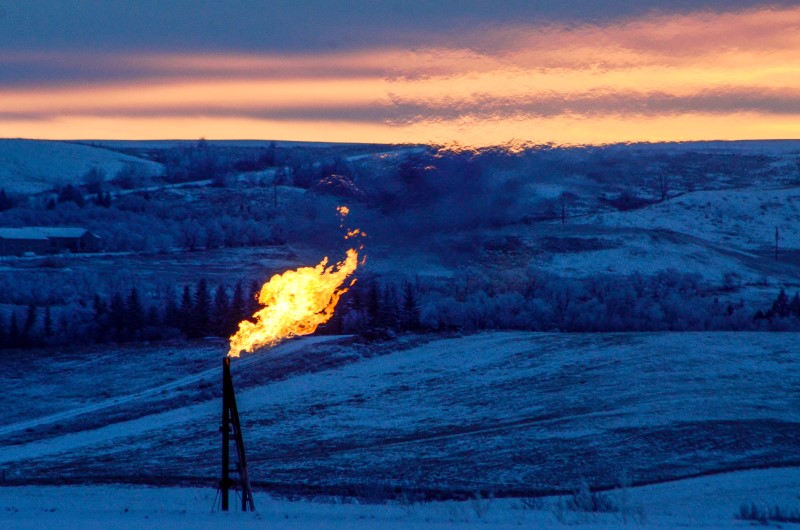By Geoffrey Smith
Investing.com -- Crude oil prices jumped more than 1% on Wednesday in an extended response to inventory data from the previous session pointing to a larger-than-expected drawdown in.U.S. crude stockpiles. Signs of a tight spot market in the United States from the start of the colder autumn season also aided demand.
New York-traded West Texas Intermediate, the benchmark for U.S. oil, settled up $1.07, or 1.5%, at $73.30 per barrel.
London-traded Brent crude, the global benchmark for oil, settled up $1.06, or 1.4%, at $77.25 for its highest close since October 2018.
Prices have rebounded in line with most risk assets after the Federal Reserve said on Wednesday it wouldn’t start reducing its monthly bond purchases immediately – even though its outlook over the next year took a hawkish turn, with more policymakers coming round to the view that it will be necessary to raise interest rates already next year.
Sentiment was also supported by the absence of any reports of troubled Chinese real estate developer Evergrande missing an $83 million interest payment on a dollar bond. Newswire reports suggested that the authorities had instructed the company not to default, but it’s unclear how Evergrande, which is rated on the brink of default, could raise the money to comply. Market talk has shifted away from Evergrande-specific concerns in recent days to how the authorities could control the deleveraging of the broader property sector, which accounts for 25% of Chinese GDP and - by extension - a large amount of its fuel demand.
The most effective prop to the market remains the current tightness in the U.S. spot market, illustrated by a further 3.5 million-barrel drop in U.S. crude stockpiles last week. That was the seventh straight weekly drop and leaves U.S. commercial oil stocks at their lowest since September 2018.
Outages in the Gulf of Mexico remain a prime factor behind that. The Bureau of Safety and Environmental Enforcement’s data showed 294,000 barrels a day – one-sixth of total Gulf output – still offline on Wednesday, more than two weeks after Hurricane Ida swept through the region.
BP (NYSE:BP) earlier confirmed that all four of its production platforms in the Gulf are back online, but the company is having major problems in its home market in the U.K., where a shortage of truck drivers is forcing it to limit deliveries of fuel to gas stations. Exxon Mobil (NYSE:XOM), too, reportedly acknowledged similar problems.
The real action, however, continues to play out in natural gas markets across the world, with both Asian and European buyers scrambling to position themselves for the winter heating season amidst a scarcity of supplies, due to hurricane impacts in the Gulf and to Russia's game of cat-and-mouse with Europe over the Nord Stream 2 gas pipeline.
Gazprom (MCX:GAZP) earlier this week turned down another opportunity to book extra export capacity through Ukraine's pipeline system, traditionally the biggest conduit for Russian gas to the EU. That has ratcheted up the pressure on the bloc to approve the start of shipments through the controversial Nord Stream link, which many both in Europe and further afield think raises European dependence on Russian gas to a dangerously high level.
Analysts at Citigroup (NYSE:C) said in a note to clients earlier that supply pressures could lead to spikes of over $100 per mm Btu this winter, if conditions turn out colder than forecast.
